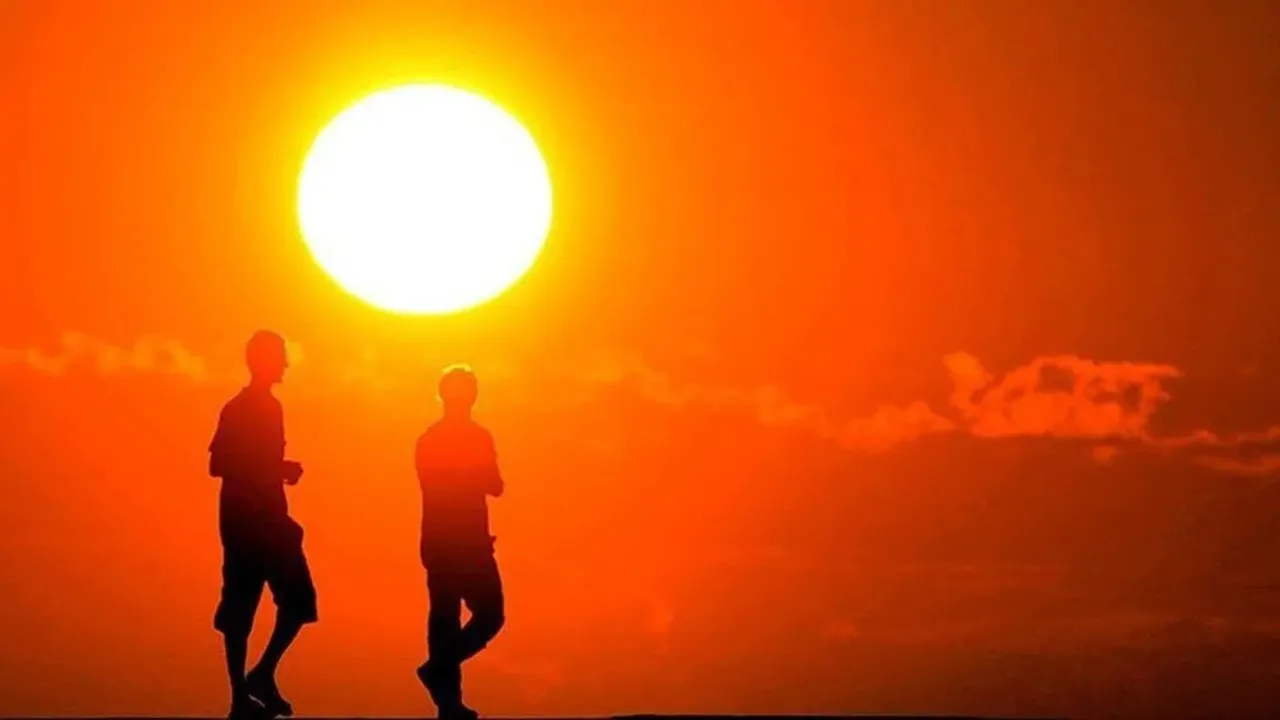NORTHERN HEMISPHERE AT RISK
As extreme heat has gripped much of the Northern Hemisphere this week, authorities and public health experts have issued heat warnings to help keep people safe.
New record high temperatures continue to be recorded in parts of countries such as China, India, the Middle East, Southern Europe and the US.
WHAT ARE THE HEALTH RISKS?
Extreme temperatures affect health in a variety of ways. "Heat exhaustion", which can include dizziness, headaches, chills and thirst, can affect anyone. Such conditions can be controlled by stabilising body temperature within 30 minutes.
THE MAIN RISK IS HEAT STROKE
More serious is heat stroke, in which the body temperature rises above 40.6 degrees Celsius. This is a medical emergency and can lead to long-term organ damage and death.
Symptoms include rapid breathing, confusion or seizures and nausea. As climate change continues to increase temperatures in the coming decades, the danger of humidity is also expected to increase.
Warmer air can hold more moisture. Increased humidity in the air makes it harder for the human body to sweat to cool down.
IMPORTANCE OF TIMING
Experts say that more deaths occur in summer, when people's bodies have not had a chance to acclimatise to the season.
Location also matters; people are at higher risk in places where they are not used to extreme heat, including parts of Europe.
As outdoor work becomes dangerous in high temperatures, some countries and communities have closed schools or mandated shorter daytime working hours for businesses.
WHAT CAN BE DONE?
Public health organisations from India to the US have issued advice on staying cool, including avoiding exertion where possible and staying hydrated.
Authorities often aim to help by setting up cooling centres, distributing extra water or providing free access to air-conditioned public transport.
















